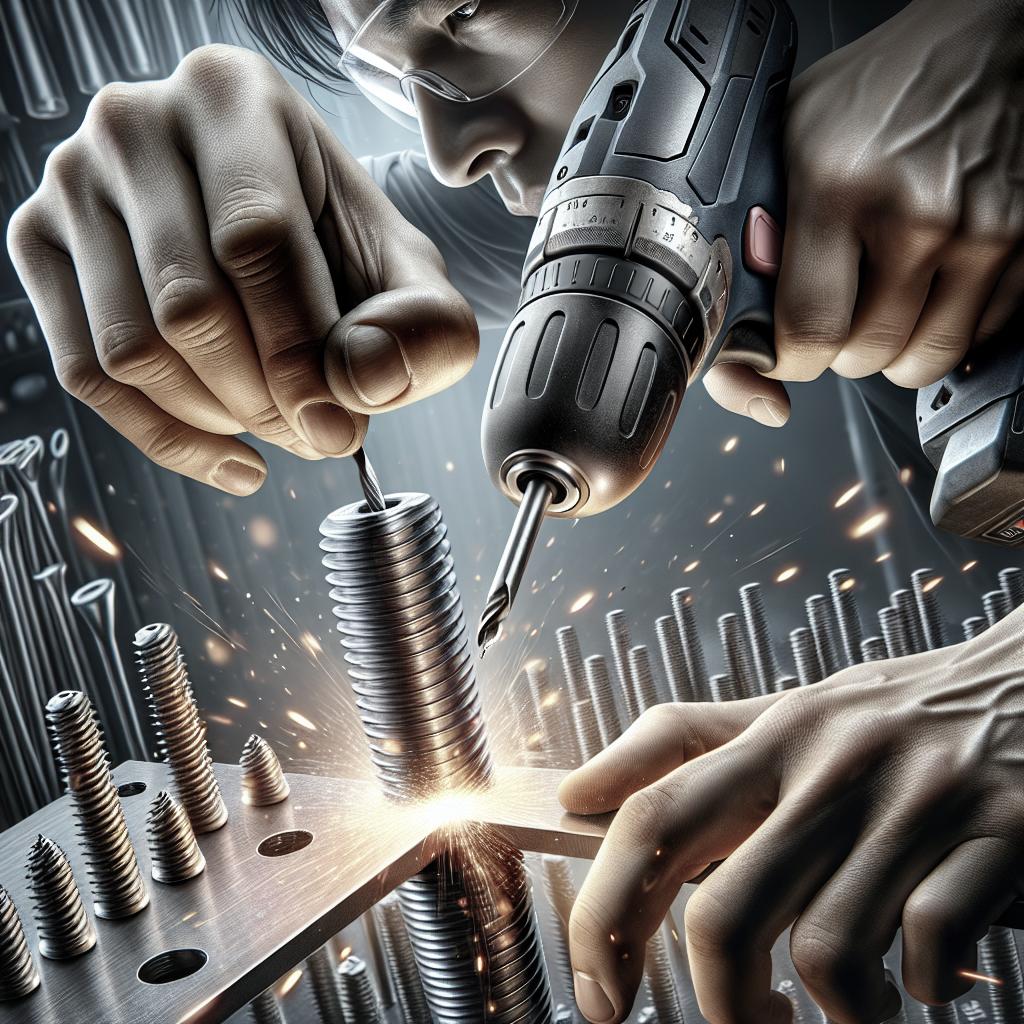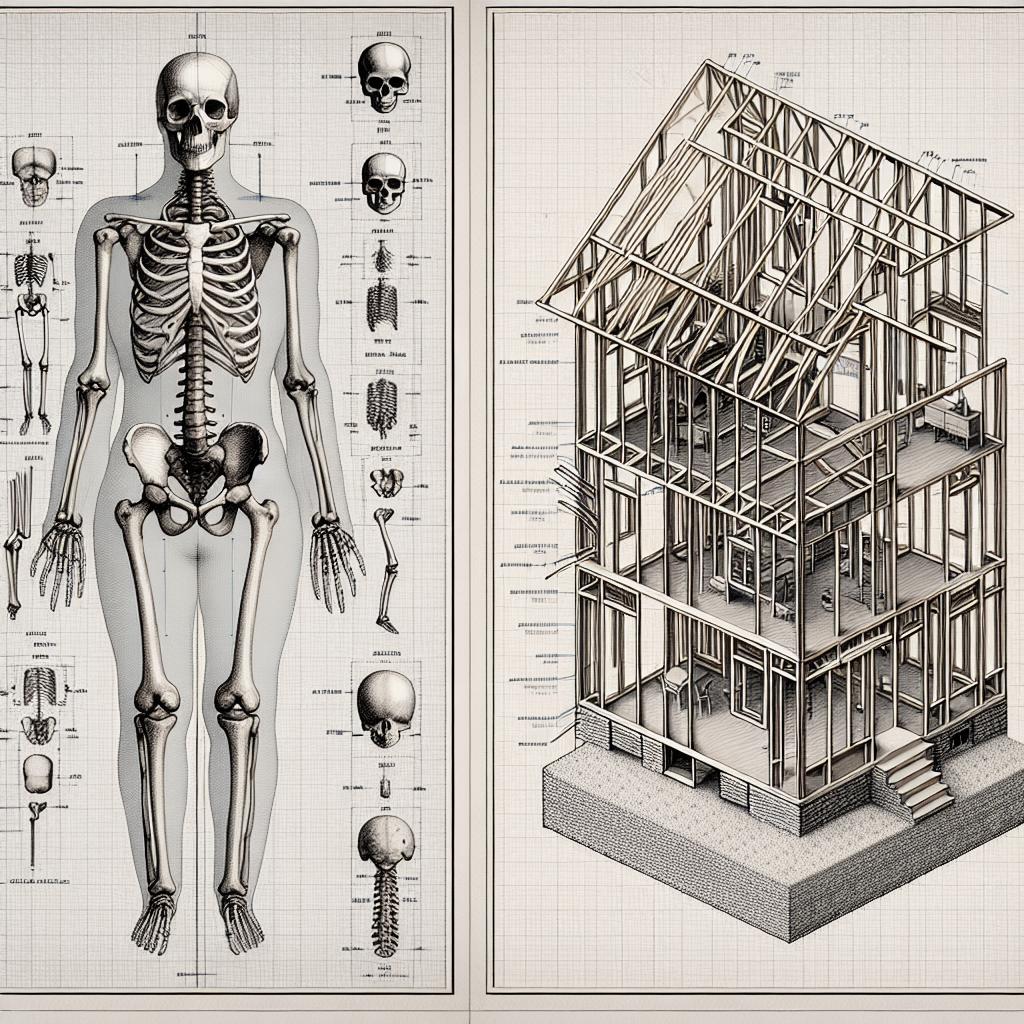When it comes to building sturdy structures, metal studs have revolutionized the construction industry. They offer an alternative to traditional wood studs, providing fire resistance, resistance to warping, and overall durability. In this blog post, we dive deep into the benefits of using metal studs and guide you through the process of drilling into them, whether you’re remodeling an existing structure or working on new construction. We break down the essential tools and techniques you’ll need and offer tips to make the process efficient and safe. Whether you’re a DIY enthusiast or a professional builder, this comprehensive guide will provide you with the knowledge to effectively work with metal studs.
The Benefits of Using Metal Studs
Metal studs, often made from lightweight galvanized steel, offer numerous advantages over traditional wooden studs. One primary benefit is their durability—metal won’t rot, warp, or split like wood can. This makes them an excellent choice for buildings in humid environments or those needing extra longevity. Additionally, metal studs are fire-resistant, offering an extra layer of safety compared to wood. Another significant advantage is their consistency. Metal studs are manufactured to be perfectly straight and uniform in size, which simplifies the construction process. Builders don’t have to worry about twisted or bowed studs, ensuring that walls are straight and true. Lastly, metal studs are environmentally friendly; they can be recycled, reducing construction waste and promoting sustainability. Despite these advantages, there are some challenges, too, such as the need for specialized tools and techniques. Yet, with the proper guidance, the learning curve can be easily managed, unlocking these benefits for your construction projects.
Drilling Into Metal Framing Members
When drilling into metal studs, it’s crucial to have the right tools and techniques. Unlike wood, metal presents a much harder surface that requires specific considerations for successful penetration. Start by gathering appropriate equipment: a variable speed drill, titanium or cobalt drill bits, and self-tapping screws. The first step is to mark the drilling locations accurately. Using a measuring tape and a sturdy pencil, draw a clear guide on the metal surface. It’s beneficial to start with a small pilot hole using a smaller drill bit, then graduate to larger bits as needed. This helps effectively manage the heat produced during drilling and reduces wear on your drill bits. Make sure to use consistent, balanced pressure and let the drill bit do the work. Overexerting force can dull the bit or even break it. Lubricating the drill bit with oil can also help in reducing friction and heat, further extending the lifespan of your tools.
Remodeling Work
When remodeling, it’s common to encounter metal studs during wall modifications or when adding new features like shelves or cabinets. Unlike new constructions, remodeling involves working with existing structures that may have hidden elements like wiring or plumbing. Therefore, use a stud finder to locate the studs and avoid damaging concealed elements. Once you have located and marked the metal studs, follow the step-by-step drilling technique discussed earlier. Be especially cautious of any insulation material, wiring, or pipework behind the drywall. It’s often a good idea to survey the wall with an inspection camera if possible to avoid costly mistakes. Additionally, because the walls are already up, using self-tapping screws can expedite the process. These screws create their own threads as they are driven into the metal, reducing the need for pre-drilling, which is particularly handy in tight or awkward spaces.
New Construction
For new constructions, the approach to drilling into metal studs is slightly more straightforward since there are no pre-existing walls to contend with. This allows for greater visibility and accessibility to the metal studs, making it easier to execute precise drilling tasks. Start by laying out the framing plan and installing the metal studs according to the architectural requirements. In many cases, commercial constructions will already have the stud installations marked, and these will guide your drilling activities. Using a laser level can help ensure that your markings are accurate and result in properly aligned installations. With the studs in place, you can proceed to drill as outlined earlier. Since you have more freedom in a new construction setting, consider using bench vises or clamps to hold the studs steady during the drilling process. This stability can enhance accuracy and reduce the risk of mishaps. For larger pilot holes, using step drill bits might be beneficial, as they provide cleaner, more precise cuts compared to regular bits. To compile and finalize the drilling process in various scenarios, here’s a summary table: “`html
| Stage | Tools Needed | Key Considerations |
|---|---|---|
| Benefits of Metal Studs | N/A | Durability, Fire Resistance, Uniformity, Environmental Friendliness |
| General Drilling | Variable Speed Drill, Titanium/Cobalt Bits, Self-Tapping Screws, Lubricating Oil | Accurate Marking, Pilot Hole, Balanced Pressure, Use of Lubricant |
| Remodeling Work | Stud Finder, Inspection Camera (optional) | Avoid Hidden Wiring/Plumbing, Use Self-Tapping Screws for Efficiency |
| New Construction | Laser Level, Bench Vise/Clamps, Step Drill Bits | Framing Layout, Marking Accuracy, Stability During Drilling |
“` By understanding the benefits of metal studs and following the appropriate drilling techniques for both remodeling and new construction, you can enhance the quality and longevity of your construction projects.

